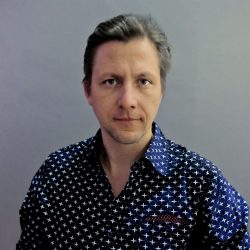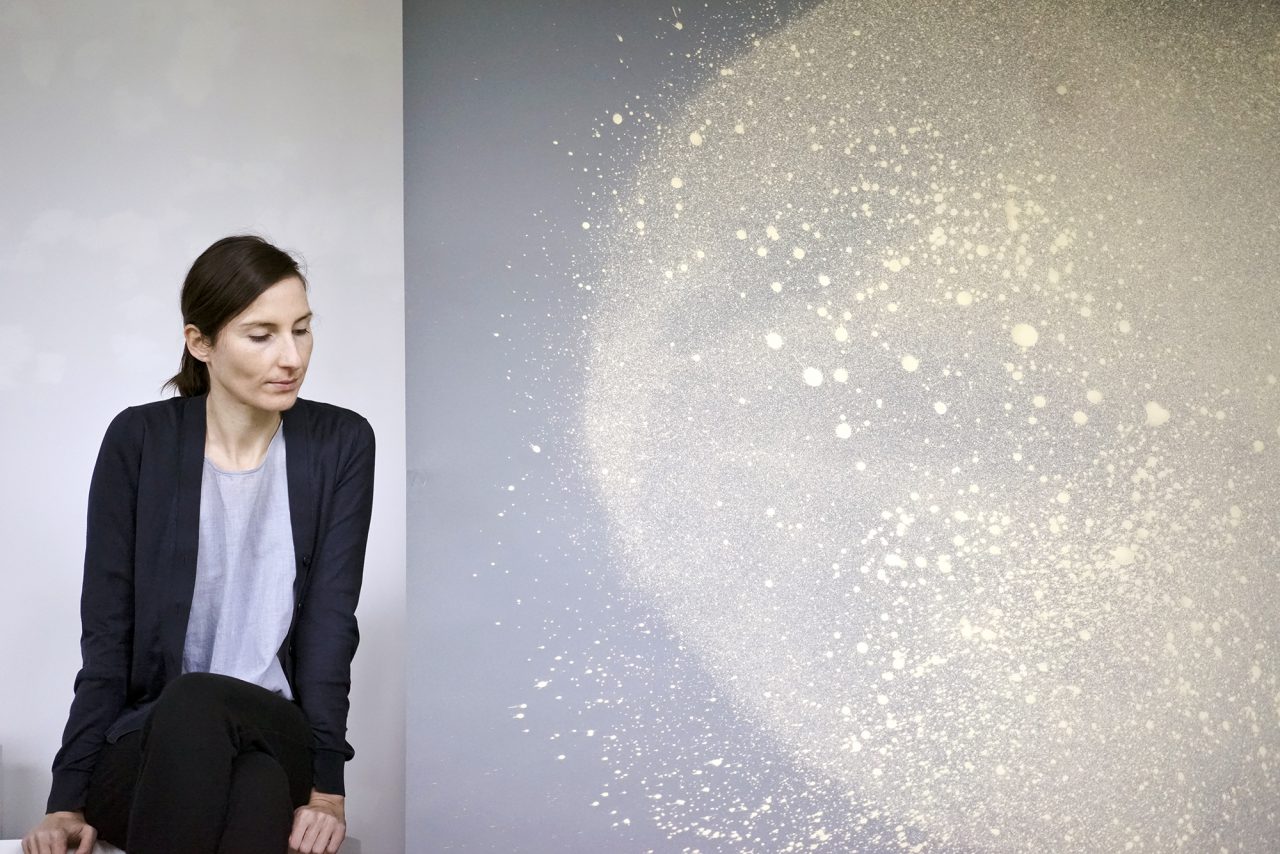
ONDREJ DRESCHER
...Page is loading...

Düsseldorf / Germany
by Gregor Jansen
Is it presumptuous to measure the world?
The science of physics calibrates the world into specific mathematical formulas and physical dimensions. These are both accurate deductions and interpolations of certain simplifications as well as representations of highly complex empirical variables. The world is measurable – compute it or refute it!
Gravity, magnetism and electricity are as tightly...
by Gregor Jansen
Is it presumptuous to measure the world?
The science of physics calibrates the world into specific mathematical formulas and physical dimensions. These are both accurate deductions and interpolations of certain simplifications as well as representations of highly complex empirical variables. The world is measurable – compute it or refute it!
Gravity, magnetism and electricity are as tightly interwoven as painting with light and form. It seems only natural, then, to join the two composites. Researchers are artists; artists are researchers. The world and its phenomena, scientifically or culturally, are closely related. And although we view the rationale of physics as irreconcilable with the subjectivity of art, we are completely mistaken. This can be easily proven! Research is based on questions put forth, in both disciplines in science as in art. The ensuing results are formulas or formulations, descriptions and models of one comprehensible and interpretable point of view. From this perspective, physics and art is one stratum in the inventory of a particular time, a focus or purpose of interpretation. Nevertheless, nothing is, as it seems.
Who has the coconut?
In her latest works, Angelika J. Trojnarski places a medium between these phenomena - painting. How can I paint the South Pole, how do I capture the issue of magnetism? What‘s going on inside metals or crystals? What does it look like, the duality of light, particles or waves? Let us see the Earth as a magnet. The tip pointing north is called the North Pole. Field lines exit the north pole of a magnet and enter its south pole by definition. This explains why the area on electromagnets and permanent magnets from which field lines emerge is called the North Pole, and the area they penetrate is called the South Pole. So, since the magnet’s north pole is attracted by the Arctic magnetic pole, the Arctic magnetic pole is a magnetic south pole. This covers the semantics of semantics.
With Angelika J. Trojnarski’s paintings, we venture into the visual terrain of oil on canvas or cardboard, most often collaged in multiple layers, subtly playing with planes on the pictorial ground. The inner structure of stones, layers and conditions of energy, the Earth and its layers, liquid magma, the conductibility of metals including magnetic stones such as the pyramidal magnetoids behind carved geometric lines of force. All of these are divinely understandable works of art, as tangible as the suspended constellations of smoothly polished coconuts netted in copper wire. A world in itself, the coconut has a hard shell covered with a delicate web, protecting the juicy meat and a liquid center. And then the copper wire: substantial knotted threads, flat as “solar disc” between stones or as painted surface repeatedly charged with energy - electrical conductor, symbolically and factually palpable, malleable and tenacious. Copper has achieved transcendence within modern painting, much like the golden areoles of the medieval masters.
Building blocks and billiard balls
Two large-format paintings constitute a counter-model to all that has been said before.
They are determined by a more abstract pictorial gestus, entwined with delightfully light, practically floating, figurative notions. Beholding the woven structure as an interwoven microcosmic space, we dive into crystalline formations of chemical elements or raw materials
in “Anatomie des Lichts” (Anatomy of Light), 2014, and atomic orbs or globules of fat in “Die Große und die Kleine Welt” (The Big and the Small World), 2014. From a macrocosmic perspective, we attain an impression of glass building blocks or gems, of spheres of the universe, planets or even of banal billiard balls. Our brains are constantly comparing what we see to find analogies: the structures of oil on canvas which are heavily collaged - a frequent occurance in Trojnarski’s work – with common patterns of our image memory. This associative game between the pictorial reality and the reality beyond the pictures remains ambiguously open, demanding active visual participation. Trojnarski avoids the unequivocal, brilliantly adjoining layers of abstraction with layers of the figurative.
Both works remind me spontaneously of two Old Masters of pictorial gaiety, Philip Guston for “Anatomie des Lichts” and Sigmar Polke for “Die Große und die Kleine Welt”. Both references convey the potential for a cognitive model in (abstract) painting as well as the alchemistic or scientific model of painting as an instrument of research. From the dialogue on painting as techné originates the fundamental assertion of Martin Heidegger’s alchemistic discourse –
in metaphysics, it is the entirety we seek; in science, we examine singular aspects, seeking that what exists. However, the initial motivation behind the ‘fundamental question’ of philosophy, and therefore, of science, is nothingness – “Why is there existence and not more nothingness?”
As logic proved feckless of grasping nothingness, Heidegger rejects it as a central method of metaphysics. And thus, we’ve come full circle in the pictorial thoughts of Guston, Polke and, of course, Trojnarski. With the deepest understanding of Being and Time, Angelika J. Trojnarski composes models of temporal being with her paintings, as a painted being and yet nothingness – motivated by physical events such as magnetism or gravity and formulated visually.
Here, the word formulated refers, as in the sense of linguistic logic, to the human’s understanding of the advent of being, and therefore he or she formulates himself/herself to become. In that metaphysical sense, painting is never equal to the wordplay.
What is your favourite material to work with? How has your use of it evolved throughout your practice?
paper, chemicals, oil, charcoal
What advice has had the biggest impact on your career?
relax
If you could install your art absolutely anywhere, where would that be?
on the moon
2016
Mensura I Measuring the World, CentralTrak, Dallas, USA
2015
Rejected Truths, Galerie Tanja Wagner, Berlin, Germany
2014
Liaison, Frank Vits Collection, Düsseldorf, Germany
show all
2015
First Flush, Bayer Collection, Leverkusen, Germany
2014
Hängengeblieben, Kunsthalle Recklinghausen, Germany
2013
Stille Wahrnehmung, KIT Kunst im Tunnel, Düsseldorf, Germany
show all